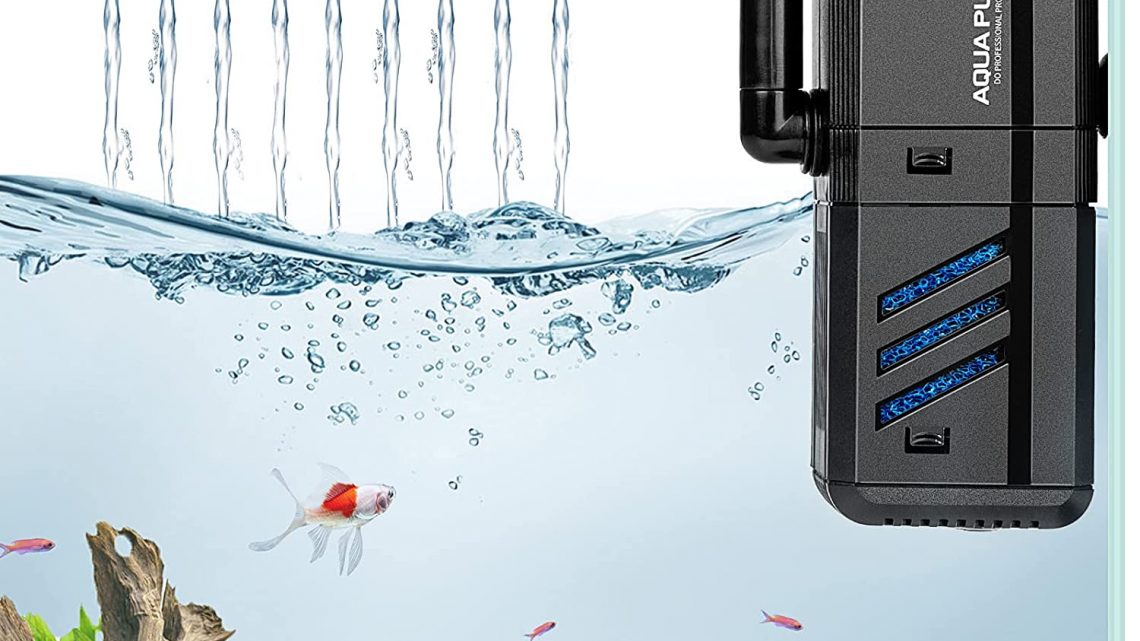How does the filter in an aquarium work?
November 9, 2022Fish tank filters are a key piece of aquarium equipment but it’s difficult to know what to look for without knowing exactly what they’re for. As the name suggests the filter filters the water – but this is done both mechanically and biologically. The main reason the filter is important is because it’s where most of your good fish tank bacteria are going to live.
There are typically two main types of filter but they work in much the same way. The first type is the one you’ll see for sale at aquarium shops. It usually has a plastic casing with some filter media and a pump inside. The other type is a sponge filter, which typically has an external pump and a sponge that sits inside the tank. Both work by drawing water through the media or sponge. This mechanically filters and traps particles that would otherwise pollute the tank and gives the bacteria chance to feed off of the harmful nutrients in the water.
Internal filters also help to break the surface of the water, creating movement that can help keep the tank clearer and introducing more oxygen to the water. Unfortunately this flow can also be a bit strong for some types of fish. If your fish are struggling with the filter flow, plug it with a small piece of filter sponge to reduce the strength or consider a sponge filter which creates much less movement.
Some filters will have a specified flow rate or recommended tank size. If your tank is relatively small this shouldn’t be an issue – most will do the job but don’t buy one that’s too strong. In larger tanks you’ll need to make sure the filter can handle turning over the amount of water at a rate that will effectively filter it.
Since your filter is where the good bacteria live you’ll want to be careful with it so as not to destroy the colony. Filter media and sponges can get pretty gross and will need cleaning once in a while. To do this, remove the filter and gently rinse it in some water removed from the fish tank. Wipe down casings and remove any stuck debris or sludge from the sponge or inside the casing. Put everything back together and keep an eye on the tank for a few days whilst it settles. Try to avoid replacing the media or entire filter unless absolutely necessary. If you need to do this it’s recommended to run the old filter side by side to seed the new one for at least a couple of weeks. When replacing the media be sure to include some of the old filter media.


